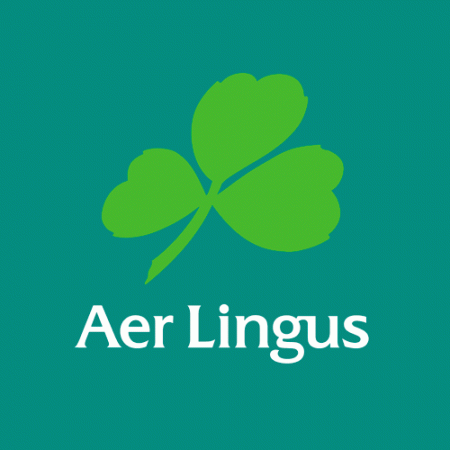6 January 2017
By Bryan T. Smyth
bryan@TheCork.ie
The number of new company start-ups natiowide surpassed 20,000 in 2016, the first time this has happened since 1998, according to new annual figures from leading business and credit risk analyst, Vision-net.ie.
New companies and businesses
There were 20,997 new companies registered in 2016, 8 percent more than 2015 (19,501). In addition to this being the first time more than 20,000 companies have been registered in a single year in almost two decades, it is also the second highest number recorded for 36 years.
Overall, the number of total new start-ups, which includes new companies and new businesses, was 46,101, a slight 2 percent decrease on 2015 (46,979); although 1,496 more companies were registered this year compared to 2015.
The finance and construction sectors performed strongly in 2016. A total of 2,959 new finance companies were set up this year, up 44 percent on 2015 (2,061); construction was up 14 percent, from 1,640 new companies in 2015 to 1,876 in 2016.
Professional services was the most popular industry for new company start-ups: 4,079 were established in 2016, a 5 percent increase on 2015 (3,891). The second most popular industry was finance, followed by wholesale and retail (2,204), up slightly on last year (2,190). Social & Personal services and Construction (up 8 percent and 14 percent respectively) were the fourth and fifth most popular industries.
Regional breakdown
Dublin accounted for the vast majority—45.5 percent—of all new company start-ups in 2016, followed by Cork (12 percent), Galway (4 percent), Kildare (3.5 percent) and Limerick (3 percent). Cork’s overall share of company start-ups last year was up 1.4 percent on its 2015 figure – this is the biggest increase in market share recorded by any county in 2016.
Insolvencies
A total of 984 insolvencies were recorded in 2016, a 10 percent drop on 2015’s figure of 1,096. This is the first time fewer than 1,000 insolvencies have been recorded in a single year since 2008.
Most industries recorded an overall drop in insolvencies. Real estate sector insolvencies decreased by 8 percent on 2015 (from 130 to 120), wholesale and retail by 26 percent (158 to 117), hospitality by 6 percent (113 to 106), manufacturing by 20 percent (90 to 72) and motoring by 9 percent (33 to 30).
The most insolvent industry was professional services which accounted for 213 insolvencies – however, this was still a small drop on 2015’s figure (215). Construction was the second most insolvent industry (159), but the number decreased by 4 percent on 2015 (166).
Dublin was the most insolvent county in Ireland, recording 414 insolvencies—although this was down 13 percent on 2015 (414). Cork, the second most insolvent county, recorded 24 fewer insolvencies in 2016 (88) compared to 2015 (112), a 21 percent decrease. Limerick, Galway and Kildare were the next most insolvent counties.
Counties Offaly, Longford, Leitrim, Laois, Roscommon and Monaghan all recorded fewer than 10 insolvencies in 2016.
Insight
Christine Cullen, Managing Director of Vision-net.ie, said the figures “clearly demonstrate Ireland’s economic resurgence”.
“Following the publication of 2015’s excellent figures, we talked about a robust and visible recovery. This year, it’s plain to see that Ireland has entered a completely new post-austerity economic cycle powered by strong growth.
“Record-breaking company start-up numbers, the lowest number of insolvencies since the onset of recession and consistent growth in sectors devastated by the crash, like finance and construction, are all indicators of this. Our economy is more open to lending and risk-taking, and our businesses are eager to expand and undertake new projects.
“Our economy is also diversifying. Ireland’s professional services sector along with our finance, construction, tech, manufacturing and hospitality sectors are buoyant.
“Geographically, Dublin still leads the way in economic activity, tailed by an increasingly energised Cork. However, regional imbalance still persists, and unlocking the full potential of the country’s other major centres, and rura



